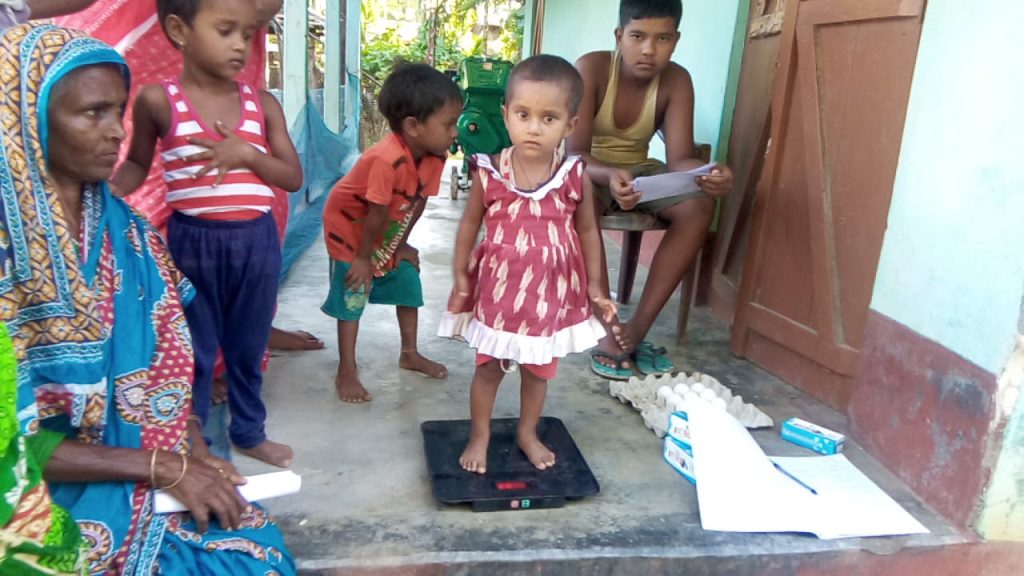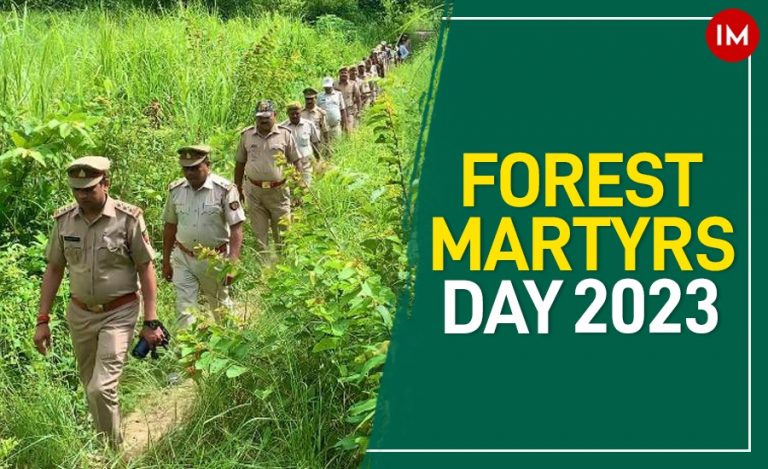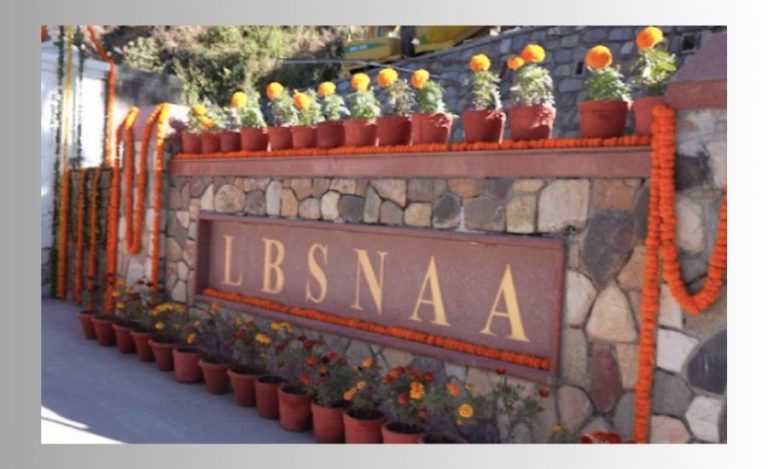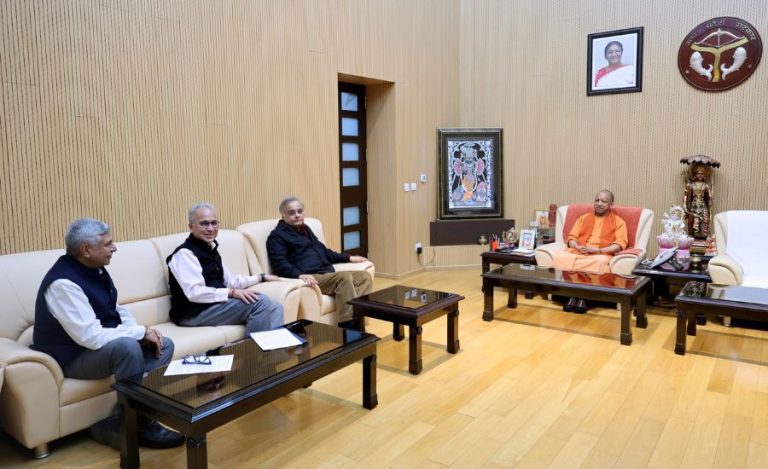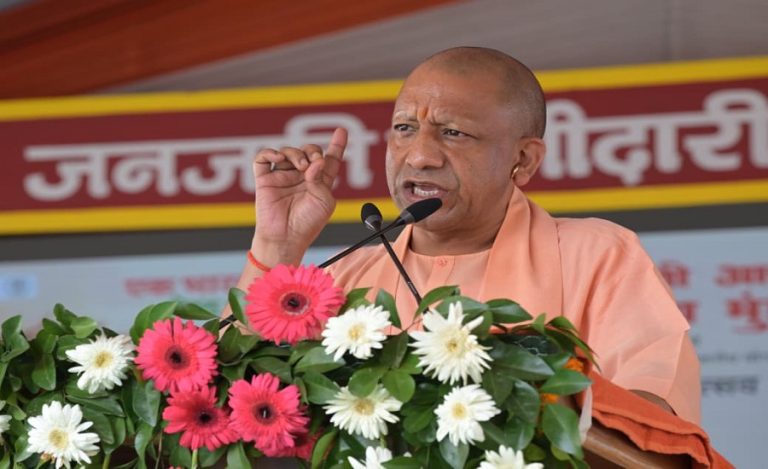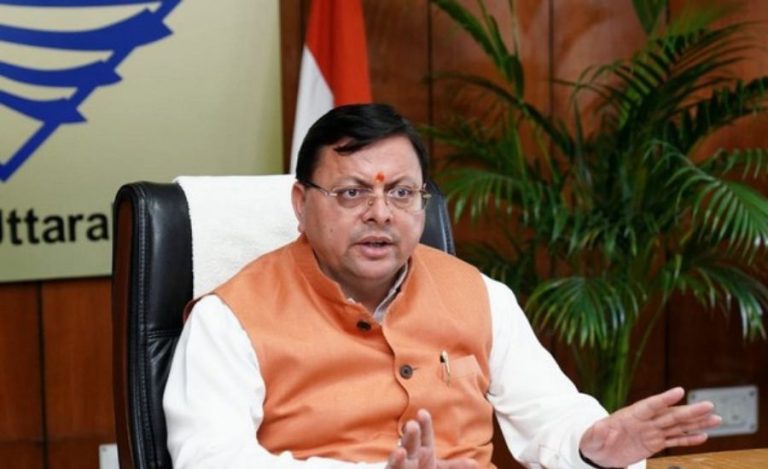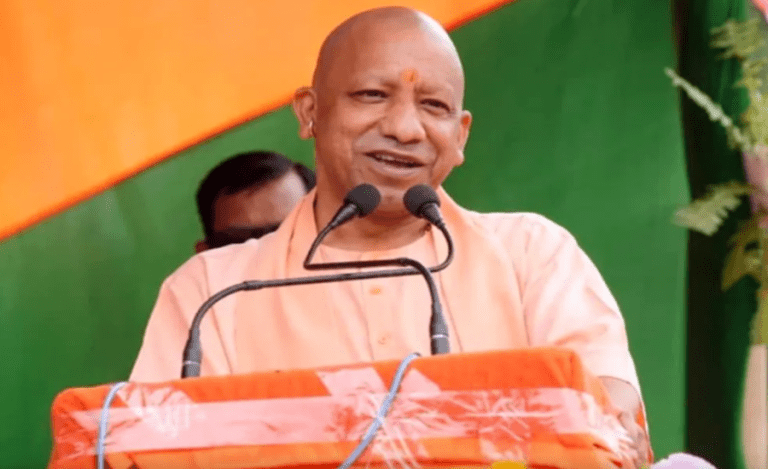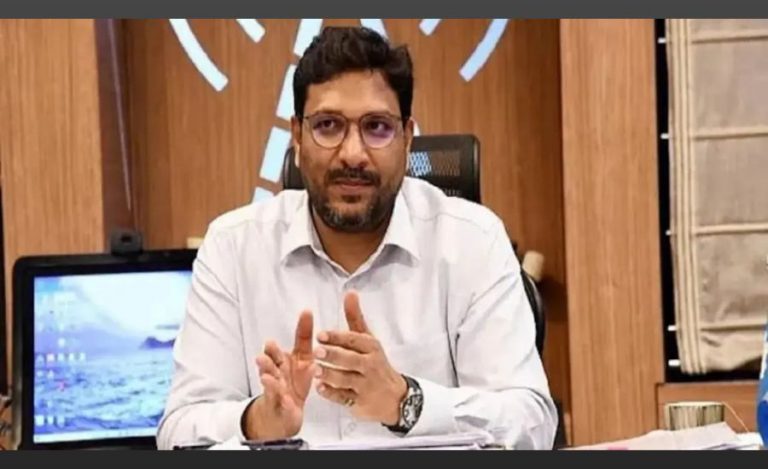It was during the initial stage of the Covid-19 pandemic that Dr. Lakshmi Priya M S took charge as the Deputy Commissioner of Bongaigaon in Assam. She did not waste any time after arriving here. Not only did she focus on controlling the spread of the virus, but also took various initiatives for the betterment of people and the environment. From reusing plastic bottles to setting up community toilets, she is now aiding malnourished children in the district under the initiative called ‘Sampoorna’.
Former Prime Minister Mr. Manmohan Singh must have echoed the widespread sentiment when he considered malnourishment a ‘national shame’ for the country. As such, this noble initiative to reduce malnutrition among children in Bongaigaon district through nutritional support, empowerment, and livelihood support to mothers of identified malnourished children has become a signature project for the district.
“Our motto was to reach out to the person who takes care of the child all the time and can understand the issue very well. So, we thought that the mother of the child would be the best person who can help in bringing the child to a normal state,” said Ms. Priya while taking to Indian Masterminds.
AIDING MALNOURISHED CHILDREN
It all started in the month of September 2020, which is also the Poshan Month in India, where the district administration of Bongaigaon started a big program of identifying all the malnourished children in the district. “We identified around 2,500 malnourished children out of which around 250 were SAM (Severe Acute Malnourishment) children and rest 2,250 were MAM (Moderate Acute Malnourishment) children,” said Ms. Priya.

“After identifying the number of children who were suffering from malnourishment, we started educating the children and provided three eggs and two milk packets to each one of them daily for a period of three months. At the same time, we enrolled all the mothers of the identified children in the Self-help Groups (SHGs) for employment and provided livelihood support to 140 families under the Dangtol ICDS Project,” she added.
MONITORING THE HEALTH OF IDENTIFIED CHILDREN
A committee was also formed at Anganwadi level, Supervisor Level, Block Level & District Level for discussions and monitoring the scheme. The committee was assigned to conduct a meeting at different levels for follow-up on a weekly basis. Accordingly, the weight and height of the SAM and MAM children were measured every week.
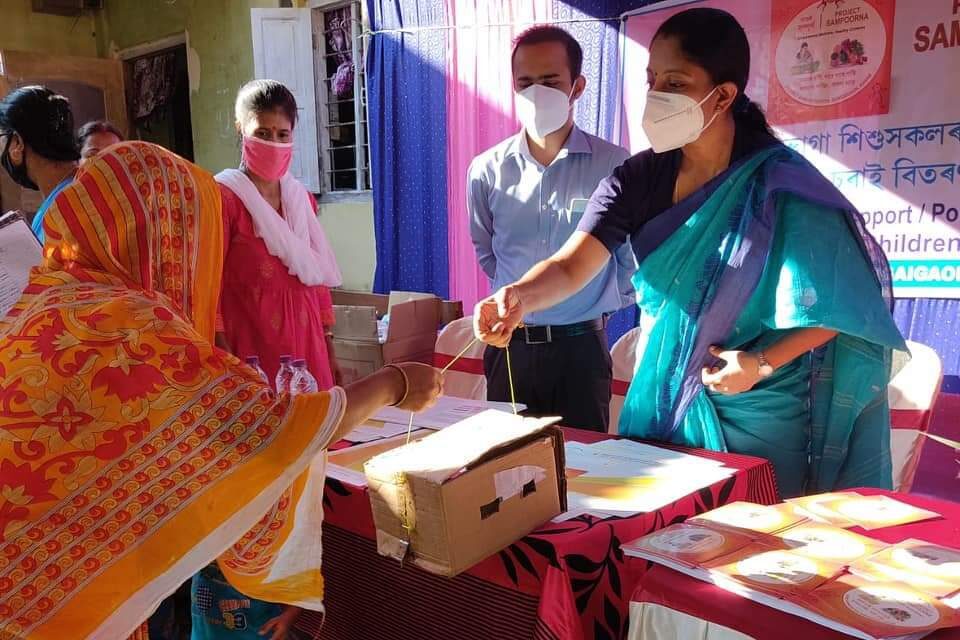
Ms. Priya said “It was a big task for us to convince the parents that it is very important to invest your time and energy in taking care of the child’s health. Therefore, we also provided a calendar according to which they had to feed the child and put necessary markings on it. This calendar was checked by the committee formed at various levels.”
ACHIEVEMENTS
After following the process for three months, the district administration found out that 95 percent of the identified children had become normal and healthy. The rest of the children had other medical complications and only the nutrition intervention could not help them. So, they have been sent to the nutrition rehabilitation centre.
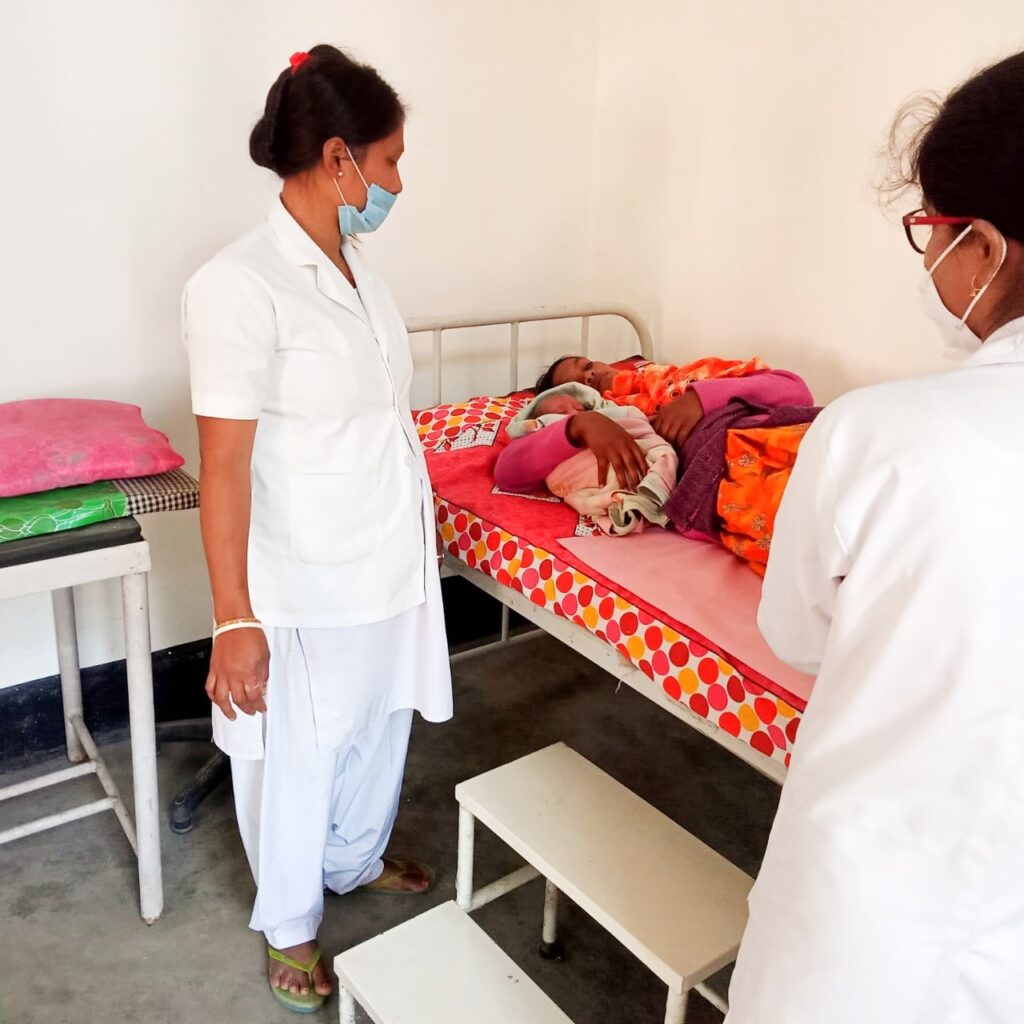
Talking about the achievements, Ms. Priya said “The 2,500 children who were identified as malnourished constituted 3.7 percent of the total children in the district. Now the percentage has been reduced to 1.7 percent due to the education and empowerment of mothers of the identified children.”
According to the stats, 96 percent of MAM children have been converted to a normal state after three months whereas 88 percent of SAM children have been cured.
PROJECT `SAUBHAGYA’
The district administration is following up on high-risk pregnancies. Ms. Priya said “We are monitoring high-risk pregnancies in the district, not only to reduce Maternal Mortality Rate (MMR) and Infant Mortality Rate (IMR) but also because if high risk pregnancies are not taken care of, the child will be born with a low birth weight, leading to his or her malnourishment.”
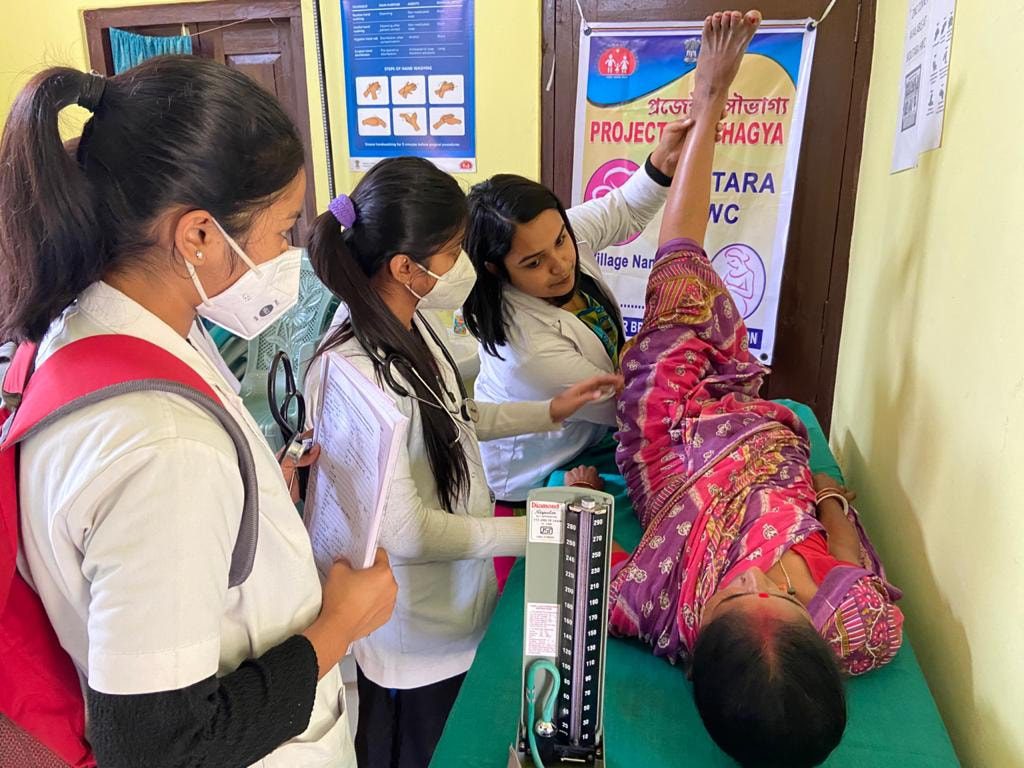
This project, called ‘Saubhagya’, relies on real time pregnancy monitoring like early identification, early referral of any complications and intervention of high-risk pregnancies.
Speaking about the initiative, Ms. Priya said “All the pregnant women are registered mandatorily in our health system. We have also developed a questionnaire to identify how many women fall under the high-risk pregnancy category. Therefore, under this project, these women are followed up from the time they get registered till the time their child is 45 days old.”
This project too will help in preventing the children from becoming malnourished after their birth.

